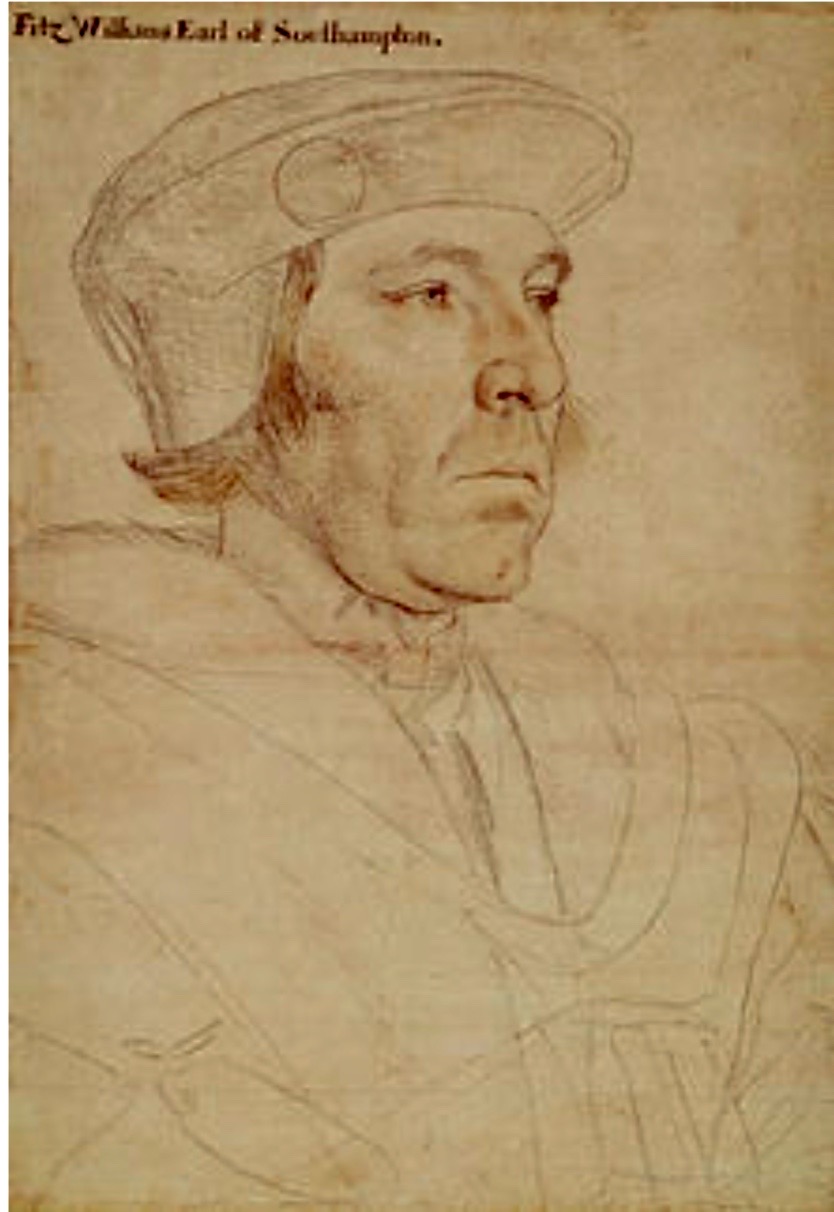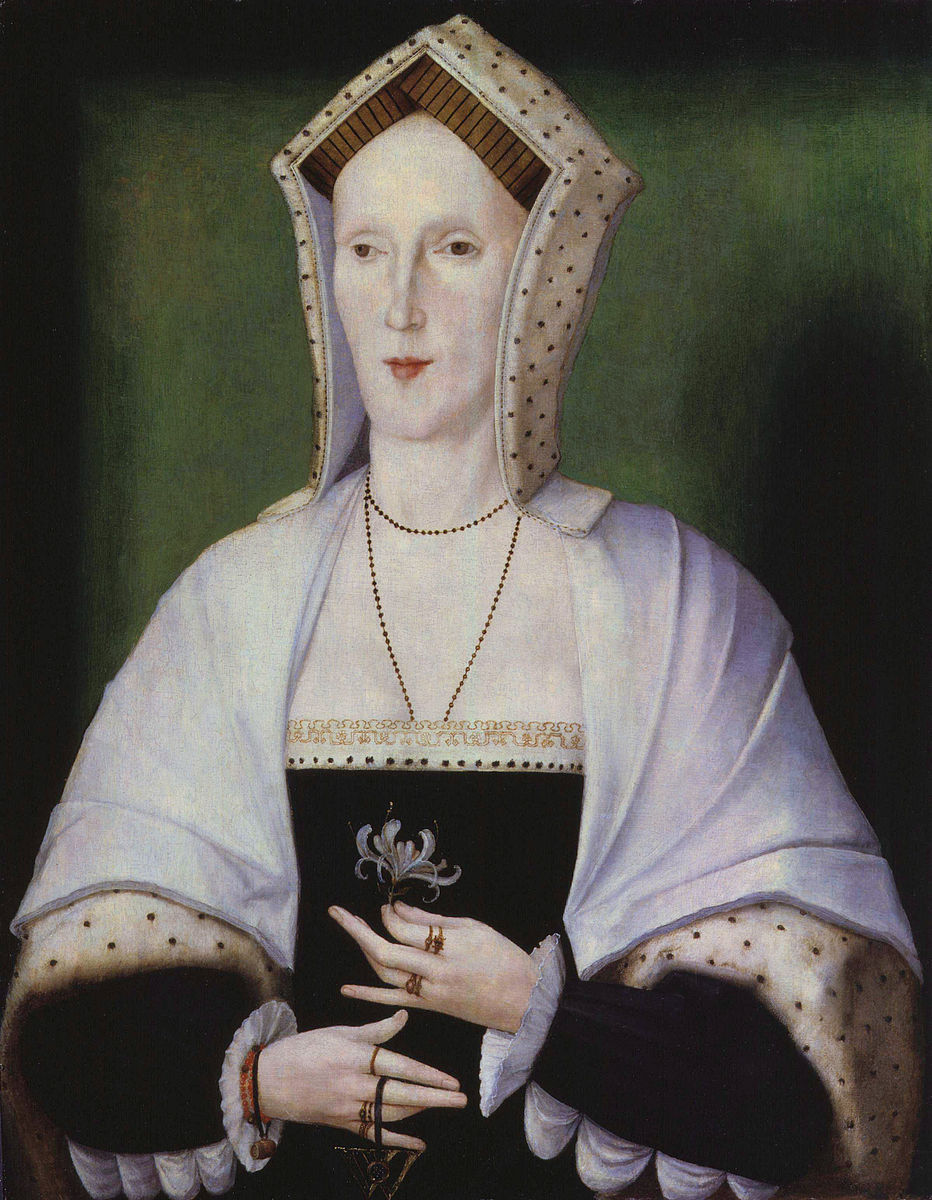
Picture this…a young lad of about thirteen or thereabouts. Royal Plantagenet blood coursing through his veins. His father is dead and no longer able to neither protect nor save him. His mother is also no longer around to help or comfort him. Life has changed for him overnight and will never be the same again. The servants who tended to his every need are gone. Alone, perhaps frozen with fear and full of dread he is taken into the inner bowels of the Tower of London – I’m not talking about the ghastly cell known as Little Ease but I’m not talking the royal apartments either – after which hair or hide of him is never seen again. Poor little blighter. Ring any bells? Gadzooks! ‘Oh god not that old chestnut again!‘ I hear some of you groan – but wait – read the heading – this is not about one of the sons of Edward IV but of another lad of noble lineage, Henry Pole the Younger, who also disappeared mysteriously from the Tower.

Old photo of the cell known as Little Ease. I’m not suggesting young Henry ended up here but the knowledge that such places were deep in the labyrinth that was the Tower must have struck terror in even the stoutest of prisoners.
This young Henry was the grandson of Margaret Pole née Plantagenet (b.1473 d.1541) countess of Salisbury, daughter of George duke of Clarence (b.1449 d.1478) who had been executed by his brother, King Edward IV, in 1478. Her mother was Isobel Neville (b.1451 d.1476) daughter of the famous Richard Neville later known as ‘The Kingmaker’. Aspects of this story do indeed mirror that of the sons of Edward IV who also disappeared while staying at the Tower but whereas gallons of ink have been expended on the subject of those two royal lads, Henry remains something of an afterthought in the pages of history. It has been suggested that he may have been starved to death. A cruel death but one that would avoid the shedding of any blood. Neat eh? If we were to follow the same trains of thought of those that believe the sons of Edward were murdered in the Tower because they were last seen alive in the Tower, ergo they must have died in the Tower, and thus a heinous child murder had taken place, then the same conclusion must be arrived at for Henry. However as poor Henry was not one of Richard III’s ‘victims’ it seems as if his possible murder isn’t of much importance so what’s the problem? But seriously, where is the outcry? Where is the denunciation? There is none! Whereas Richard III – held responsible for his nephews deaths by many for over 500 years – has been vilified up to this very day and particularly by a cohort of modern historians who really should know better. While the ‘murders’ of his nephews has been surely the absolute worst lump of mud to be chucked at Richard, the possible murder or death brought on by the wilful and cruel neglect of an equally young and innocent Henry Pole ne’re evokes hardly a mention. How strange. How hypocritical. Rather than having the heinous charge of child murderer hurled at him, Henry VIII is better remembered, in the main, for having been the husband of the unfortunate Anne Boleyn – as well as four others, another one of whom was also executed – and to a somewhat lesser degree the cause of the Dissolution of the Monasteries. This seems unfair to me. Could it be the fact that Richard – who even his haters have to admit or stoutly ignore – prior to the death of his brother, Edward IV and the legal disinheriting of his nephews – led, on the whole, a pretty honourable life for your average 15th century nobleman has proven difficult for those that try to defend the usurpation of Henry Tudor. What to do? Well go down the propaganda route I’d say. For who can admire someone who enables the murder of young defenceless children? Equally the most sensible route to go down if one is, on the other hand a cheerleader of a dynasty that has gone down that precise cruel route would be to do all in one’s power to Shut It Down And Make It Go Away or as a last resort Fake Amnesia. And so we can see why the fate of the young Henry Pole, who indeed was born under the most unluckiest of stars, has remained to all intents and purposes muted.

While several artworks have been created showing the two little sons of Edward IV awaiting their ‘imminent deaths’ in the Tower no artist has thought to do the same depicting the equally young Henry Pole the Younger. King Edward V and the Duke of York in the Tower, Paul Delaroche 1831.Wallace Collection.
But I’ve gone off on a tangent somewhat and to return to Henry Pole jnr. Such is the dearth of information about Henry it can scarce fill a paragraph. Even his age is a mystery and it’s been suggested he could have been aged anywhere between 13 to 18. But the fact that he was not executed along with his father, Henry Pole, Lord Montague, suggests that he was in the lower age range. When Henry jnr’s uncle Reginald, later Archbishop of Canterbury, wrote about the ‘tyranny‘ that had now extended from priests to nobles he described how it had also ‘come to women and innocent children’. Reginald, rather wistfully, would also go on to describe Henry as ‘the remaining hope of our race’. Charles de Marillac, the French ambassador described him as ‘the little nephew of Cardinal Pole’(1). These remarks would indicate Henry was still quite a young child at the time of his arrest and incarceration.
His grandmother, the aging Margaret Pole, following some very intense interrogation at Warblington Castle and confinement at Cowdray was sent to the Tower by November 1539. She would have found her grandson already languishing there as he had been sent to the Tower along with his father at the time of the latter’s arrest in November 1538. Were the pair able to meet, sit and converse, perhaps even embrace? One would hope so.

William Fitzwilliam, earl of Southampton. The face of the man who interrogated Margaret Pole over two day at Warblington Castle. Said to have disliked her, he described her as ‘rather a strong and custaunt man than a woman’. Artist Hans Holbein.
In 1540 both Henry and Margaret were refused pardons. However Henry VIII continued to provide £13 6s.8d a month food allowance for Margaret, Henry and another child detainee, Edward Courtney. Margaret was executed – by an unskilled executioner – at the Tower on the 27th May 1541, the same location where both her father and young brother Edward earl of Warwick had been put to their deaths. A terrible pattern was forming. In 1542 the last payment for his food was made and Henry is heard of no more. But why would he have been treated so harshly? It has been suggested that in a plot hatched by his uncle, Reginald Pole, Henry was put forward as a possible spouse for Henry VIII’s Catholic daughter, Princess Mary. Eustace Chapuys did indeed report that Mary would never marry an Englishman save maybe Reginald Pole or Henry Pole Jnr (2). As it would have been pretty pointless to marry Reggie – seeing as he had taken a vow of celibacy – it would seem that Henry indeed was certainly up there at the top of the list of marital candidates for Mary although I suppose no problem, even marrying a man who was celibate, would have been insurmountable in those times if you had the clout. Reggie Pole would go on to wear a cardinal’s Biretta instead of St Edward’s Crown – but still – what’s not to like?
However the fact that Henry’s name was mooted as a possible spouse for Mary may have sounded the death knell for him or certainly put paid to him being released. Certainly he was not as lucky, if lucky is the right word, as Edward Courtney, son of Henry Marquis of Exeter, who managed to survive being imprisoned for 15 years until being released in 1553 after Mary took the throne. Perhaps Courtney’s survival may be put down to the fact that his imprisonment was less onerous than that of Henry’s. Marillac wrote to the French king, Francis 1st, in July 1540 that Courtney ‘is more at large than he was, and had a preceptor to teach him lessons, a thing which is not done towards the little nephew of Cardinal Pole, who is poorly and strictly kept and not desired to know anything’ (3). Courtney’s later life and shenanigans is quite interesting and his story can be found elsewhere.

No depiction has come down to us of Henry Pole the Younger but here is the portrait of his grandmother, Margaret Pole, now at the National Portrait Gallery in London.
Of course, being a strong believer in the theory that the young sons of Edward IV were unharmed and sent to places of safety it’s only fair that I should explore the idea could it be possible that this is what happened to Henry? Even though I would like to think so I think in this case it’s highly likely that yes, a child of noble blood did die in the Tower, perhaps if not actually murdered then at the very least suffering a high level of neglect which very likely contributed to his early death.
I would like to recommend Hazel Pierce’s biography Margaret Pole Countess of Salisbury 1473-1541 Loyalty Lineage and Leadership from which I have drawn on heavily for this post.
- Margaret Pole Countess of Salisbury 1473-1541 Loyalty, Lineage and Leadership p. 172. Hazel Pierce.
- Pole, Henry, Baron Montague (1492-1539) T F Meyer Oxford Dictionary of National Biography
- Margaret Pole Countess of Salisbury Loyalty, Lineage and Leadership 1473-1541 p. 173 Hazel Pierce.
If you enjoyed this post you might also like:
Margaret Pole Countess of Salisbury 1473-1541 Loyalty Lineage and Leadership by Hazel Pierce
EDWARD, EARL OF WARWICK – HIS LIFE AND DEATH.
L’Erber – London Home to Warwick the Kingmaker and George Duke of Clarence
IS THIS THE FACE OF GEORGE OF CLARENCE’S DAUGHTER
GEORGE DUKE OF CLARENCE, ISOBEL NEVILLE AND THE CLARENCE VAULT
4 thoughts on “The Mysterious Disappearance of Henry Pole the Younger in the Tower of London”